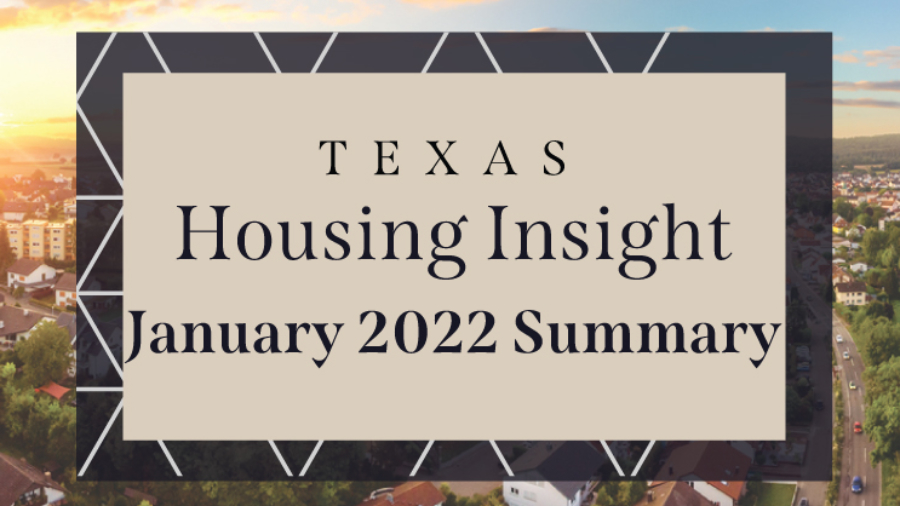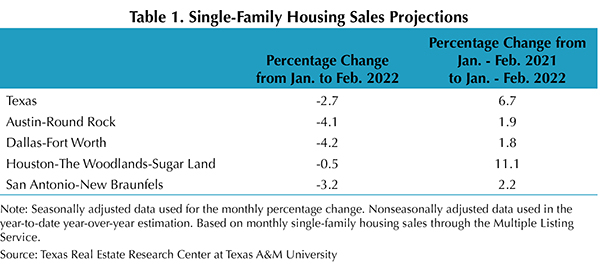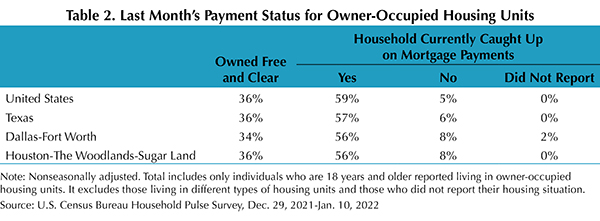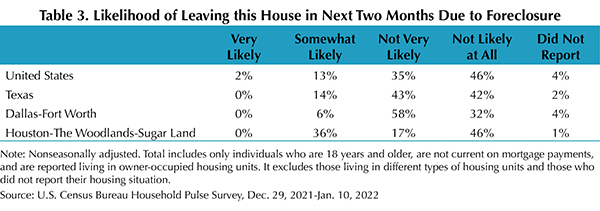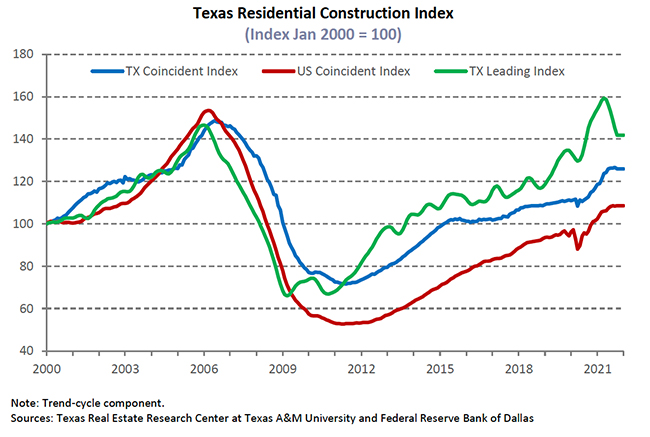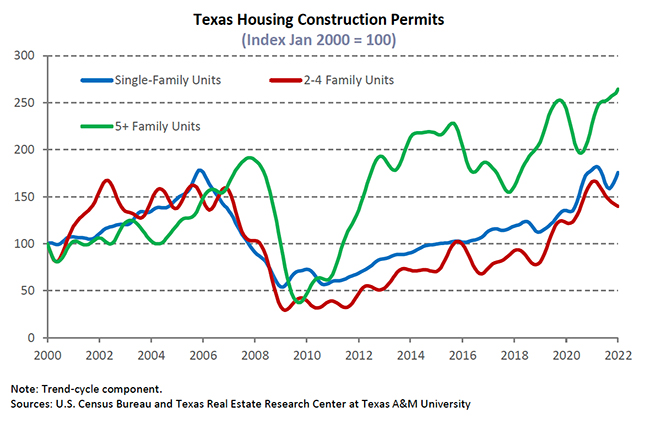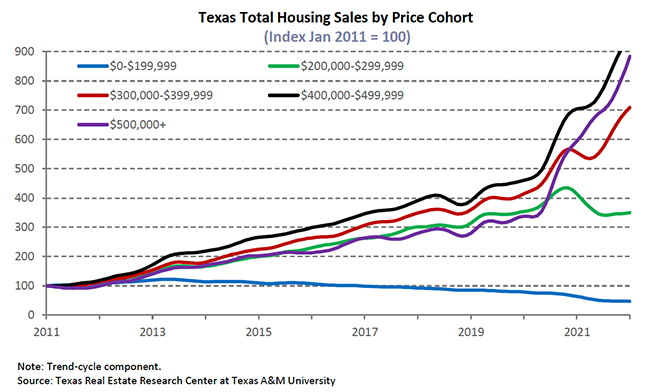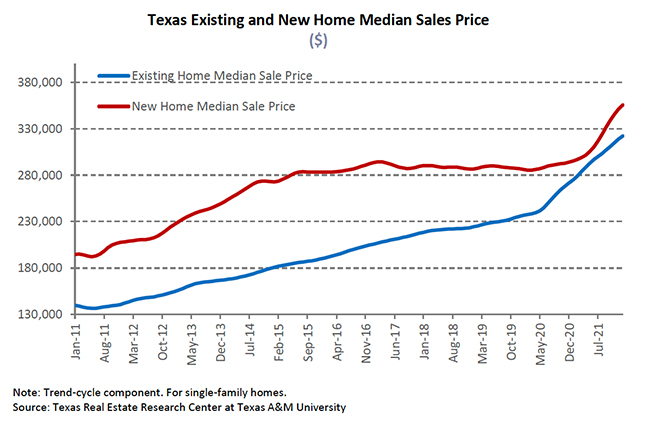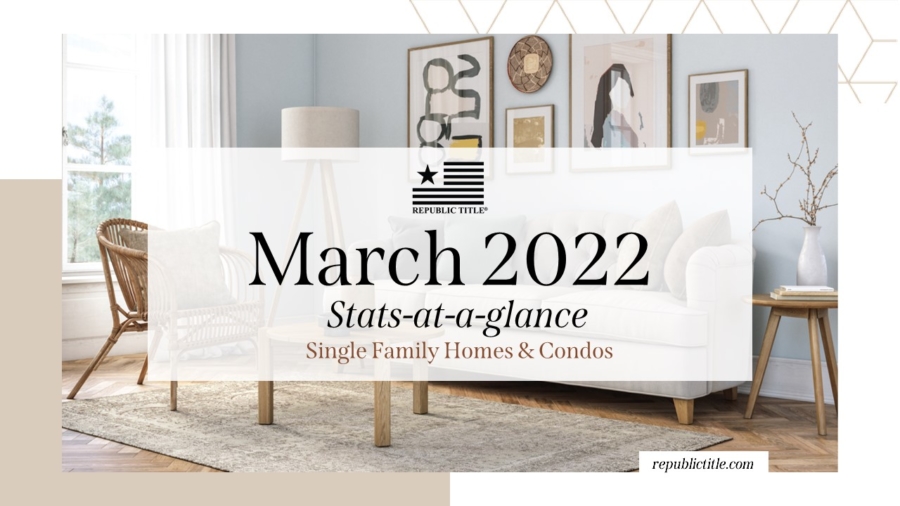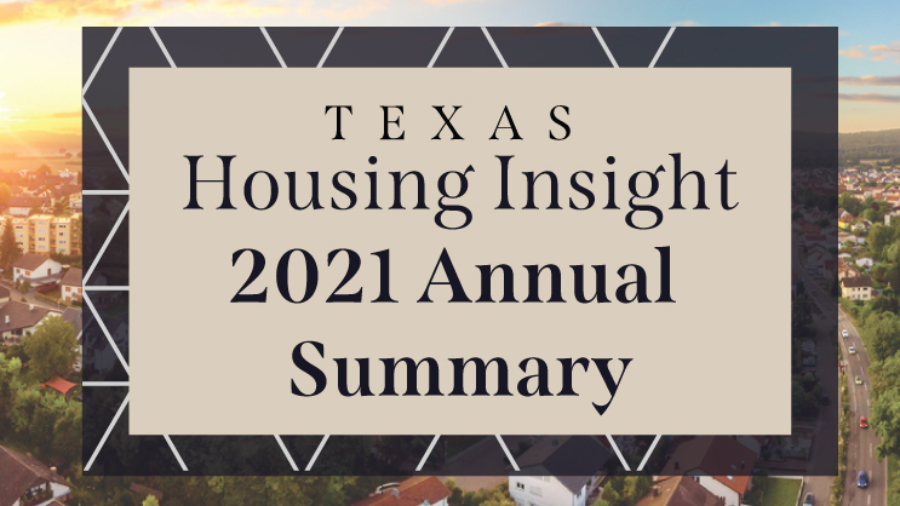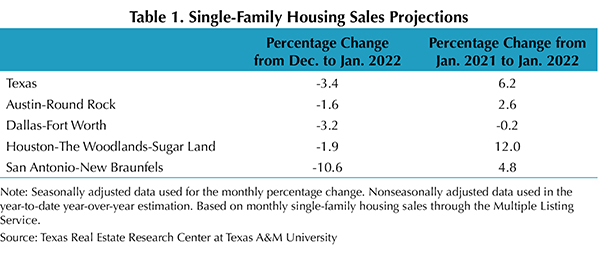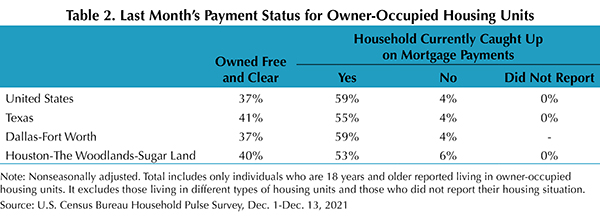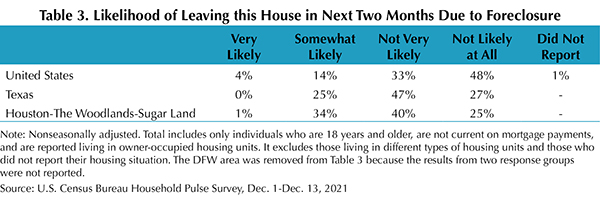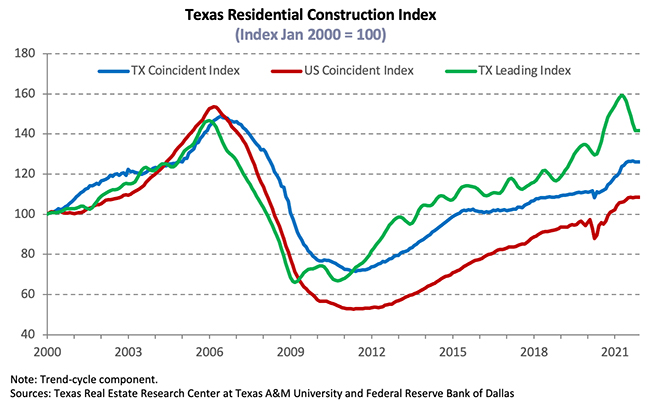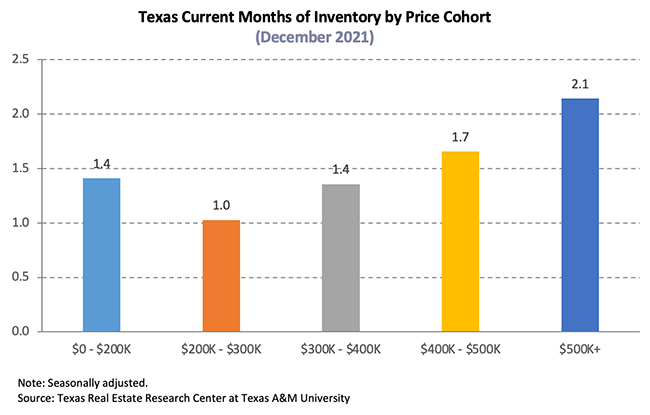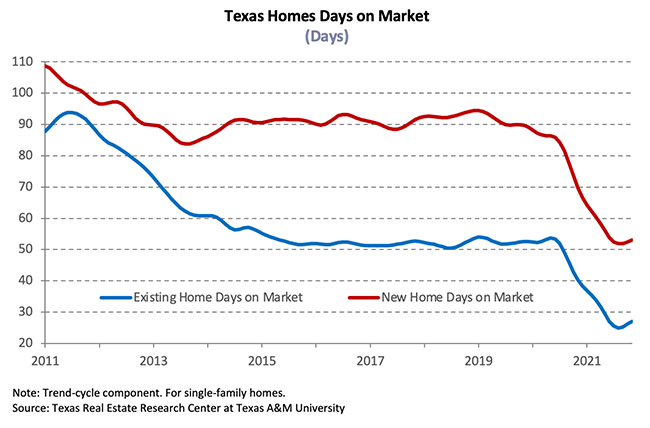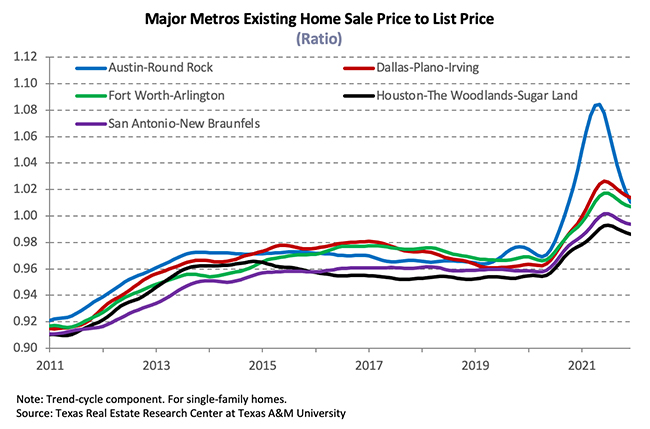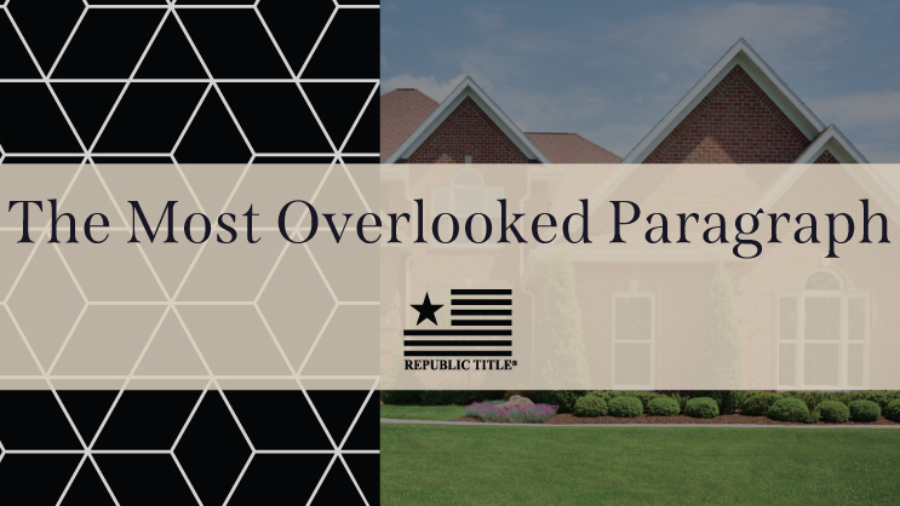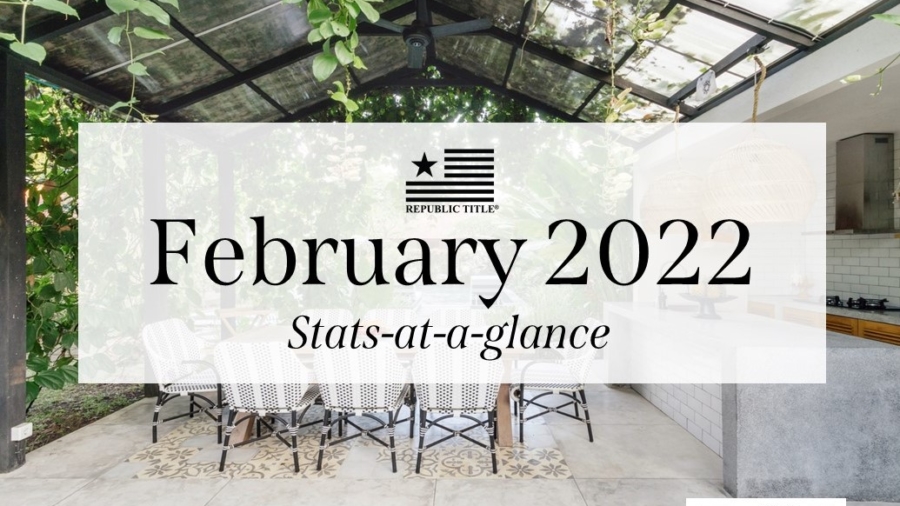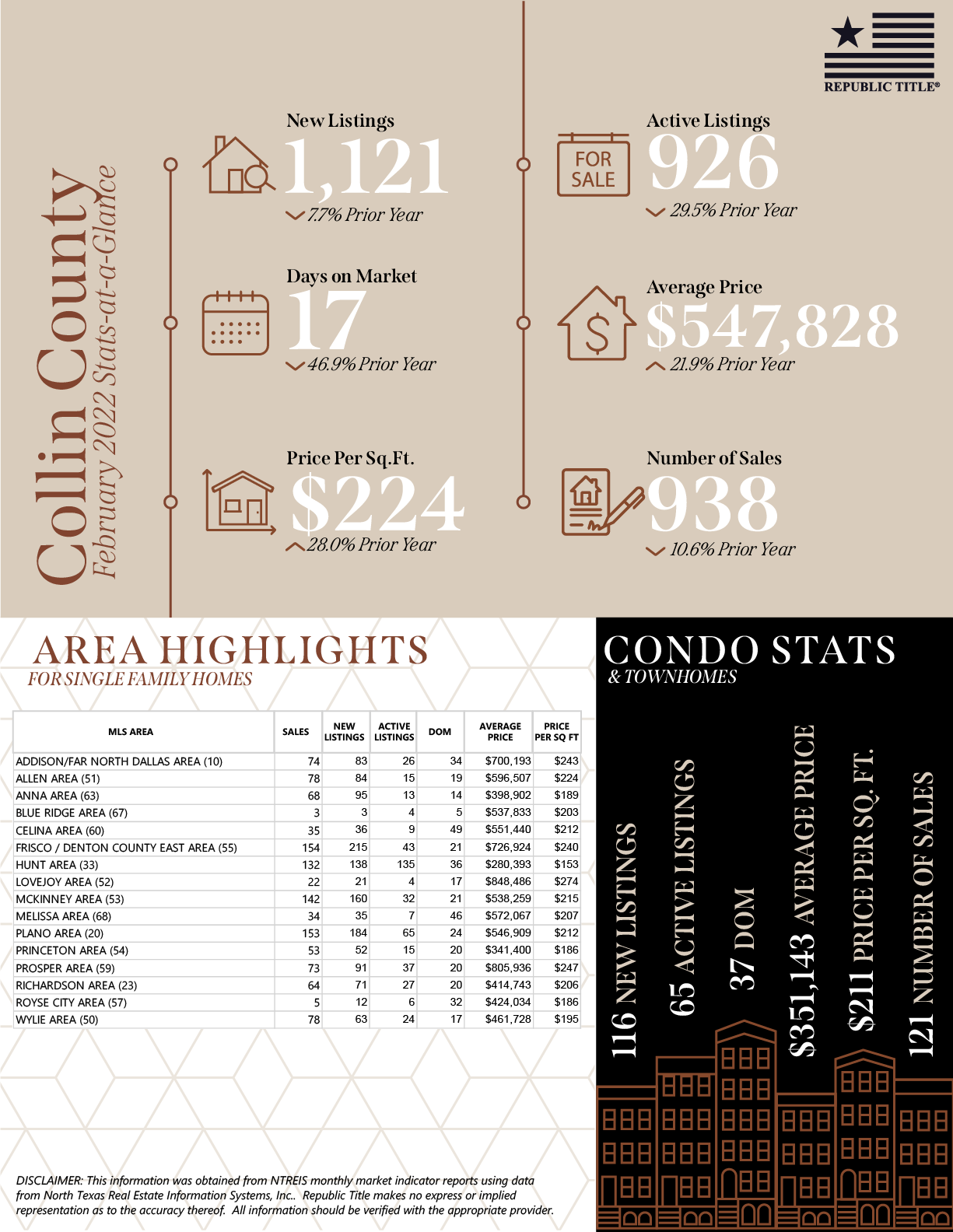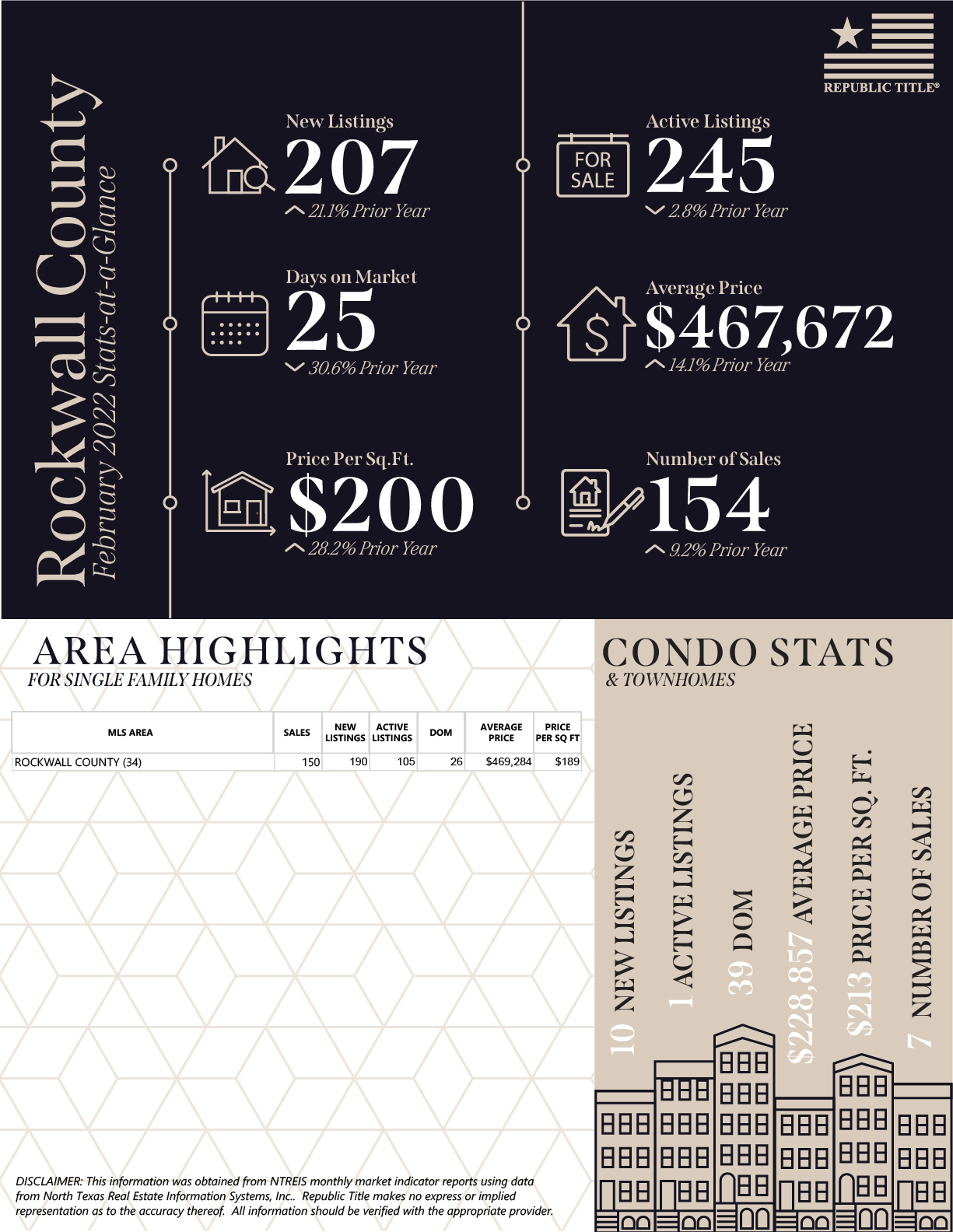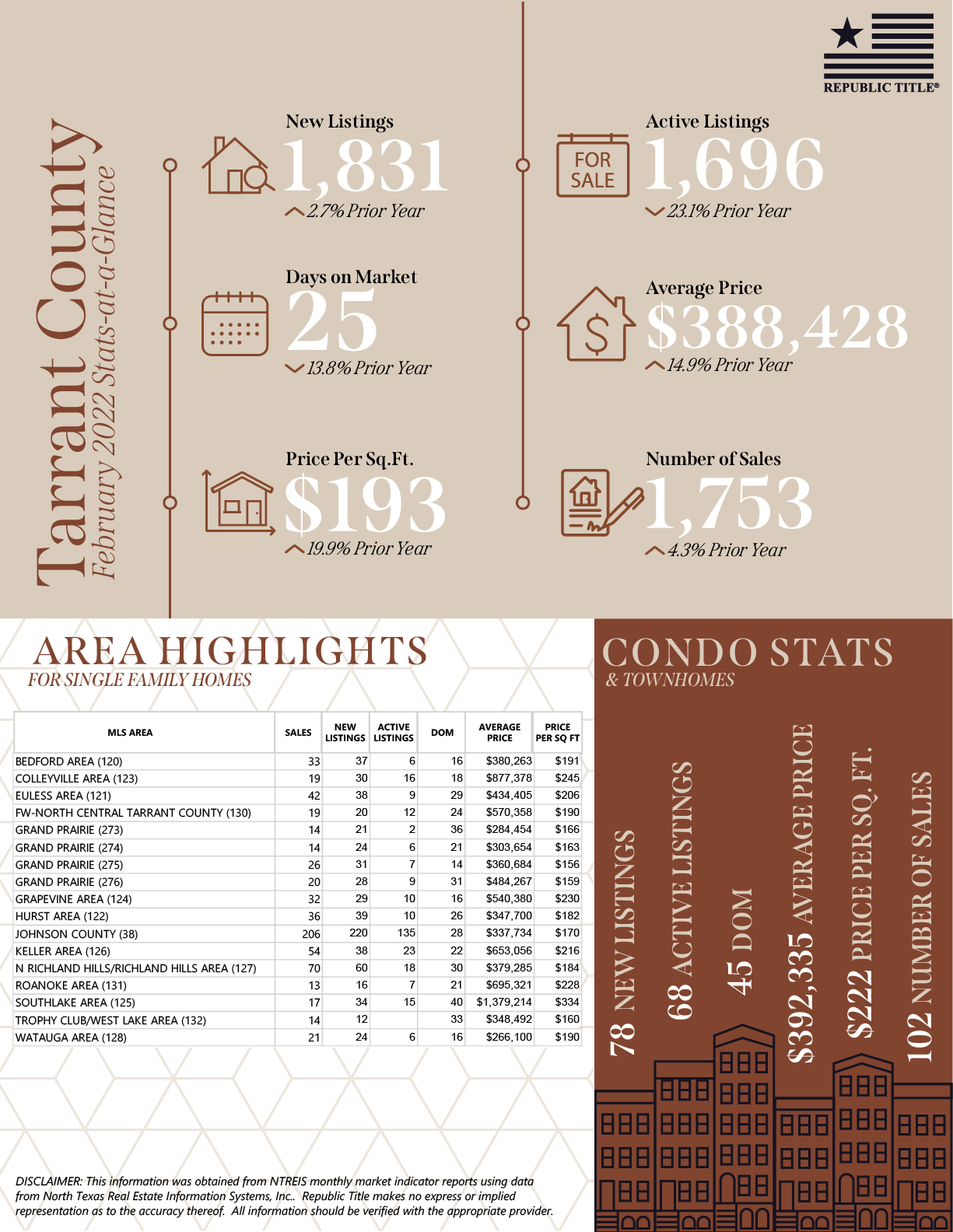When you are preparing to buy a home, there are many words that may be unfamiliar to you. This list of
commonly used real estate terms is intended to help you in the home buying or selling process.
Appraisal
The estimated value of a property based on a qualified appraiser’s written analysis. Banks typically require appraisals before issuing loans to ensure the estimated value of the property adequately supports the sales price and the loan being taken out by the Buyer.
Appreciation
The increased value of your home from when you purchased it is considered its appreciation in value.
Assessed Value
This is the dollar value that the county appraisal district assigns to your home for the purpose of property taxes. This value may differ from a home appraisal value or market value.
Buyer’s Agent
A real estate agent who represents the interests of homebuyers.
Closing Costs
These refer to miscellaneous expenses to close the deal. Expenses can include recording fees, title insurance, commissions, surveys, and more.
Closing Disclosure
Final account of your loan’s interest rate and fees, mortgage closing costs, your monthly mortgage payment, and the total of all payments and finance charges. This document also notes the amount the Buyer has to bring to closing.
CMA
CMA stands for Comparative Market Analysis. This report looks at similar homes in your area that were sold or are currently on the market and can help determine an accurate value for your home.
Comparables
Also known as “Comps.”, which are used as a comparison in determining the current value of a property that is being appraised.
Contingencies
Particular conditions that must be met prior to closing a real estate transaction such as a home inspection (to ensure the home has no serious defects), a financing contingency (which releases a Buyer from the sales contract if their loan falls through), or a contingency that a Buyer must first sell their current home.
Deed
The recorded legal document transferring ownership or title to a property.
Deed of Trust
A recorded lien on the property which secures the Promissory Note and gives the lender the ability to foreclose if there is a default.
Earnest Money
Money that the Buyer deposits with the title company or directly with the Seller as a good faith gesture that they are serious about buying a home.
Effective Date
The date the Buyer and Seller have agreed to all terms and actually executed the contract.
Escrow
A legal arrangement in which a third party temporarily holds large sums of money or assets until a particular condition has been met (e.g., the fulfillment of a purchase agreement).
Executed
When a legal document has had its contents agreed upon by the Buyer and Seller and is signed by all parties to the document it is Executed.
HOA Resale Certificate
A document issued by a Property Owners Association or Condo Association (if applicable) that outlines the fees associated with the transfer of the property that are to be collected from the Buyer and Seller at closing.
Home Inspection
A thorough professional examination that evaluates the structural and mechanical condition of a property (plumbing, foundation, roof, electrical, HVAC systems, etc.) to identify problems with the house before purchasing. A pest inspection is also common as well as a pool inspection when applicable.
Home Warranty
Limited Warranty Coverage on some of the items in your home that can lead to costly repairs when in need of work, such as, HVAC systems, appliances, and even pest control. Every policy is different, it is important to understand what is covered and what is not. The Seller can provide a dollar amount towards a Home Warranty if it is selected and agreed upon within the contract.
Mortgage Lender
The lender providing funds for a mortgage. Lenders also manage the credit and financial information review, the property and the loan application process through closing.
Multiple Listing Service (MLS)
The MLS is a local organization that collects, catalogs, and distributes home listings for sale and lease as well as data on past sales. REALTORS® get access to the MLS by being a paid member of the organization. Some of the information in the MLS is distributed to popular listing websites.
Offer
A formal request to buy a home. This is most often presented to a Seller in the form of the contract and addenda required to purchase/sell a property that outlines all the terms and conditions of the offer.
Principal
The remaining unpaid balance on your mortgage. At closing, accrued and unpaid interest on the principal will also be due and payable.
Real Estate Agent
A professional with a real estate license who has passed a test as required by the state who may represent a Buyer or Seller in a real estate transaction.
REALTORS®
This is a real estate agent who is also a member of the National Association of REALTORS®, meaning they uphold certain standards and codes of ethics.
Real Estate Broker
A real estate agent that has additional education, has passed the state Broker’s exam, and meets minimum transaction requirements.
Real Property
Land and anything permanently affixed thereto — including buildings, fences, trees, and minerals.
Sales Contract
The finalized and executed contract and applicable addenda.
Seller’s Agent
The real estate agent who represents the Seller of a piece of property. Their job is to act in the best interests of the Seller, marketing their home to potential Buyers, and negotiating on the Seller’s behalf.
Survey
A drawing of your property prepared by a Registered Professional Land Surveyor that locates the boundary lines, any improvements, easements, building lines, encroachments of any structures or improvements over the property lines, easements, or building lines on the property.
Survey Deletion Coverage
The Owner’s Title Policy contains a standard exception to: “Any discrepancies, conflicts, or shortage in area or boundary lines, or any encroachments or protrusions, or any overlapping of improvements.” When the Buyer purchases Survey Coverage, and the survey has been approved by the title company this standard exception is amended to remove everything except the words “shortages in area” and exceptions are added to exclude any matters currently shown on the survey from coverage in the Policy.
Title
Document that refers to your right of ownership and thus your ability to sell.
Title Insurance
Insurance purchased to protect against any unknown liens or debts that may be placed against the property as well as any claims by anyone else that they own or have any rights to your property that are not known or disclosed at closing.
Click here for print version.




